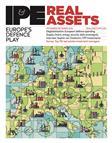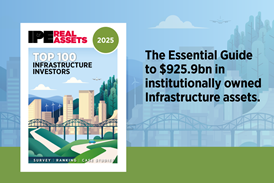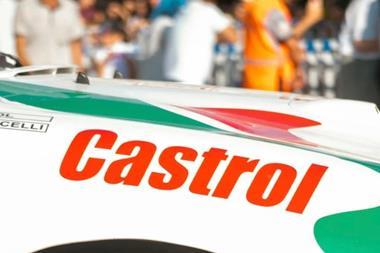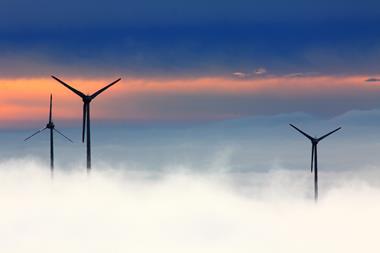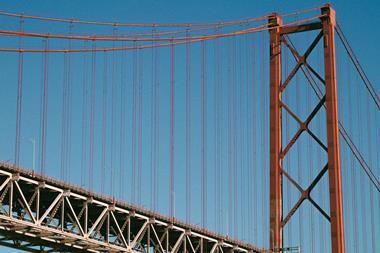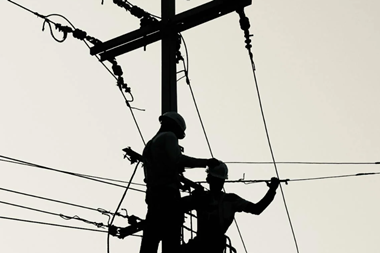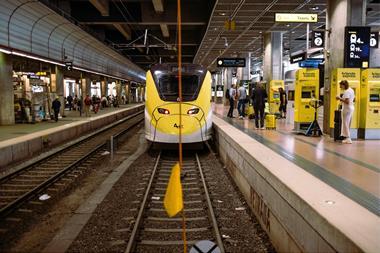Grid failures and supply chain risks threaten Europe’s energy stability. Securing the energy transition requires major investment in resilience and cross-border planning, writes Dan Wells
A popular scapegoat in the energy industry is renewable power. Whenever a blackout occurs somewhere in the West, headlines follow lamenting the lack of grid resilience, especially when greener sources are a large part of the supply.

Texas’s great freeze and power crisis in 2021 was blamed on frozen wind turbines. Spain’s outage earlier this year, affecting 10m homes was a result of the country’s “eco-experiment”, according to one British newspaper.
It is true, Spain is a heavy user of solar, and it was using much of this supply when the system collapsed. But the outage was not the fault of its renewables. It was the fault of something common across Europe’s patchwork of energy grids – underinvestment in the infrastructure of integration.
Energy grids are complex, cross-border and critical. They need more than just investment in capacity but resilience too. This means taking a holistic, 360-degree approach to a national, and ideally regional, energy system.
A typical grid is made up of hundreds of components and physical assets, supplied by dozens of local and multinational companies, and it runs across thousands of miles of changing terrain. Incentivisation and subsidies vary from country to country.
A grid must account for fluctuating demand across homes and industry, and it must provide sufficient contingency for seasonal and unexpected spikes, or when the mix of energy sources changes. For example, when oil tankers are blocked in a canal, gas infrastructure freezes in deep winter (as it did in Texas), or there is no wind.
Perfecting a grid is hard to achieve for any national provider, and particularly in a world where most countries rely on sourcing at least some of their supply and components from beyond their borders. Heightened geopolitics, like war in Ukraine, makes it harder – and that is before we consider the weather.
Europe’s myriads of grids have evolved with interdependencies, and while we have applauded the progress made in onboarding increasing amounts of renewable power – especially in Spain – a distinct lack of resilience planning remains.
In the urgent pursuit of a low-carbon transition, Europe has not acted in concert. We have created some grids that can, at times, almost entirely run on renewables. But they are also noticeably different in age, parts, technology, geography, weather, supply and demand.
As Spain’s experience demonstrates, how these interdependent systems work together, which ideally would be a seamless integration, has been less of a priority in securing power supply.
You can have all the supply you need, and from whatever mix of sources, but if an interconnector somewhere in your grid does not speak fluently to another, especially when it crosses a national border, the risk of blackout rises. The same is true if your supply of oil is delayed at sea or you fail to winterproof your gas infrastructure.
Better planning and more investment into a system’s resilience is the only answer, and while cross-border collaboration can be hard to achieve, Europe – philosophically and commercially still committed to the energy transition, and (mostly) to a mutually beneficial political union – should be at the forefront of this approach.
Beyond sources of supply, resilient grids require two things. First, flexibility, with plenty of storage capacity from batteries – the most obvious current means of achieving this. Second, regular investment into connectivity between different assets and the necessary switchover between sources of supply.
The latter is not only to account for whether the sun is shining or the wind blowing, but it is to protect physical assets that must periodically come offline. Like anything mechanical, being ‘always on’ means eventual fault, and likely outage. Downtime and maintenance are essential.
Incentivised with its subsidy programme and ample sun and wind, Spain invested with confidence in renewables, and into some parts of its grid and storage capacity. But when subsidies fell away, even though renewables deployment continued because this had become cost competitive, the commensurate and vital investment in storage and connectivity was not forthcoming.
Spain’s experience should be focusing policymakers’ minds. Not only around the investment required into more resilient grids, but also a sharper awareness that much more load is fast coming onstream. Think of all those electric cars, heat pumps and data-hungry consumers. All this requires power.
This is a serious transition challenge for Europe, but we should be encouraged knowing the region can become energy independent. To do this it will need to harness its diverse range of renewable resources and create a system that is sufficiently interconnected and flexible.
A blackout like Spain’s is not an indictment of renewables. But it is an indictment of underinvestment in the infrastructure of integration. It is a stark reminder that renewable deployment without whole system resilience, underpinned by cross-border collaboration, can create fragility rather than strength.
Norwegians talk about there being no such thing as bad weather, only bad clothing. The same applies to an energy grid. We should focus on building a European system that is stronger than the weather. If we don’t want to see similar events again, governments would be wise to take heed.
To read the latest IPE Real Assets magazine click here.

